It is important to dissociate 2 processes of plant conservation : Stabilization and preservation. Stabilization takes place using living vegetals. This technique allows the plant to freeze in its state of freshness after harvest. On the other hand, vegetal preservation is done from dried plants. This process rehydrates the plant. Plant stabilization is the most reliable technique over time. It is also more expensive because it is riskier.
CAPILLARITY stabilization (foliages)
This is the most advanced stabilization technique. The base of the plant, still fresh, is soaked in a few centimeters of stabilization liquid. This solution has a base of glycerin, water, food coloring and nutrients. The glycerin helps to retain water inside the plant and the food coloring allows the plant to obtain the desired color. The nutrients are used to nourish the plant during the stabilization process which lasts a few days. After having absorbed this substitute sap, the stabilized plant is then dried for 24 hours. Each plant has its own specificities: the temperature of the stabilization solution, the duration of absorption, the harvesting period, and the nutrients used, are all factors that ensure the success of the stabilization process. This technique, considered as the most noble, allows us to acquire new unseen colors of foliages, while maintaining the natural color of the branches and stems. Indeed, generally thicker, they don't permit the dyes to circulate to their surface. Stabilization by capillarity is also used for certain flowers such as statice, for which it's sufficient to stabilize the stem, as the flower has the tendency to be naturally dry.
DOUBLE IMMERSION stabilization (flowers)
This is the most common technique for stabilizing flowers. The flowers must be extra fresh for the stabilization process to be successful. Certain flower varieties are ideal for this type of stabilization. This technique involves immersion in two steps. The first bath consists of immersing the flower for 24 hours in a pure alcohol solution. The goal is to dehydrate the flower while keeping its original shape. Also, during this first bath, the flower loses its original color. The second bath consists of alcohol, propylene glycol, glycerin and food coloring. The propylene glycol and glycerin, under the catalytic effect of the alcohol, rehydrate the flower. The food coloring gives the flower the desired color. The flower heads are stabilized without their stems because, if not, the stems would take on the same color as the flower.
IMMERSION preservation
Unlike stabilization techniques, preservation by immersion is carried out using dried plants. The process consists of plunging the dried plant into a preservation solution of glycerin, water and food coloring in order to rehydrate it. This solution must be pre-heated to a minimum temperature of 40°C. The process then gives the plant a new flexibility and the desired color. Once out of the bath, the plants are cleaned and dried. The drying time can strongly vary from one species to another, according to the more or less spongy nature and/or the porosity of the plant. This technique, cheaper and less risky, remains however much less reliable over time. The quality of plant conservation obtained through this method is not comparable with those obtained through stabilization techniques. The only exception is lichen. The lichen is immersed in a solution of salt. This gives preserved lichen the advantage of being non-flammable (unlike with using glycerine) and naturally treated against insects. However, it does dry out if the humidity in the air in the surrounding environment is below 40%.
SPRAYING preservation (mosses)
This technique is essentially identical to preservation by immersion. It's also used on dry and often flat plant material. It consists of spraying a preservation solution containing glycerin, water and food coloring or pigments directly on the plant in order to rehydrate it on the surface. This is the case for flat and ball moss, for which this method is commonly used. The process then gives it a new surface flexibility and the desired color. Once sprayed, these plants are only dried. The drying time is greatly reduced compared with total immersion. The result obtained by this process on moss is very good. The dry part on the bottom of the moss makes it easier for glue to set on all types of surfaces.
MIXED TECHNIQUES & future
Some plants can be stabilized by combining several techniques. For example, it's possible to dehydrate the plant in a bath of alcohol and then rehydrate it in a hot glycerine bath without using a catalyst or propylene glycol. It's also possible to immerse a fresh plant considering that it can still absorb the glycerine in the bath through capillarity stabilization. It's not uncommon to combine capillarity stabilization with immersion to ensure the reliability of the exterior color. We can also reinforce the plant's resistance through capillarity stabilization and then give it color through immersion. New innovative stabilization techniques are in the process of being developed. Some of them, such as using CO² under pressure, offer the possibility of stabilizing new plant species. Above all, they permit to reduce the time needed to stabilize flowers and plants. Plant stabilization is still in its youth. Knowledge and techniques in this field are constantly evolving.
To learn more and to increase your knowledge about stabilization techniques, please visit our online magazine Secondnatur.com in the section "What is it?"

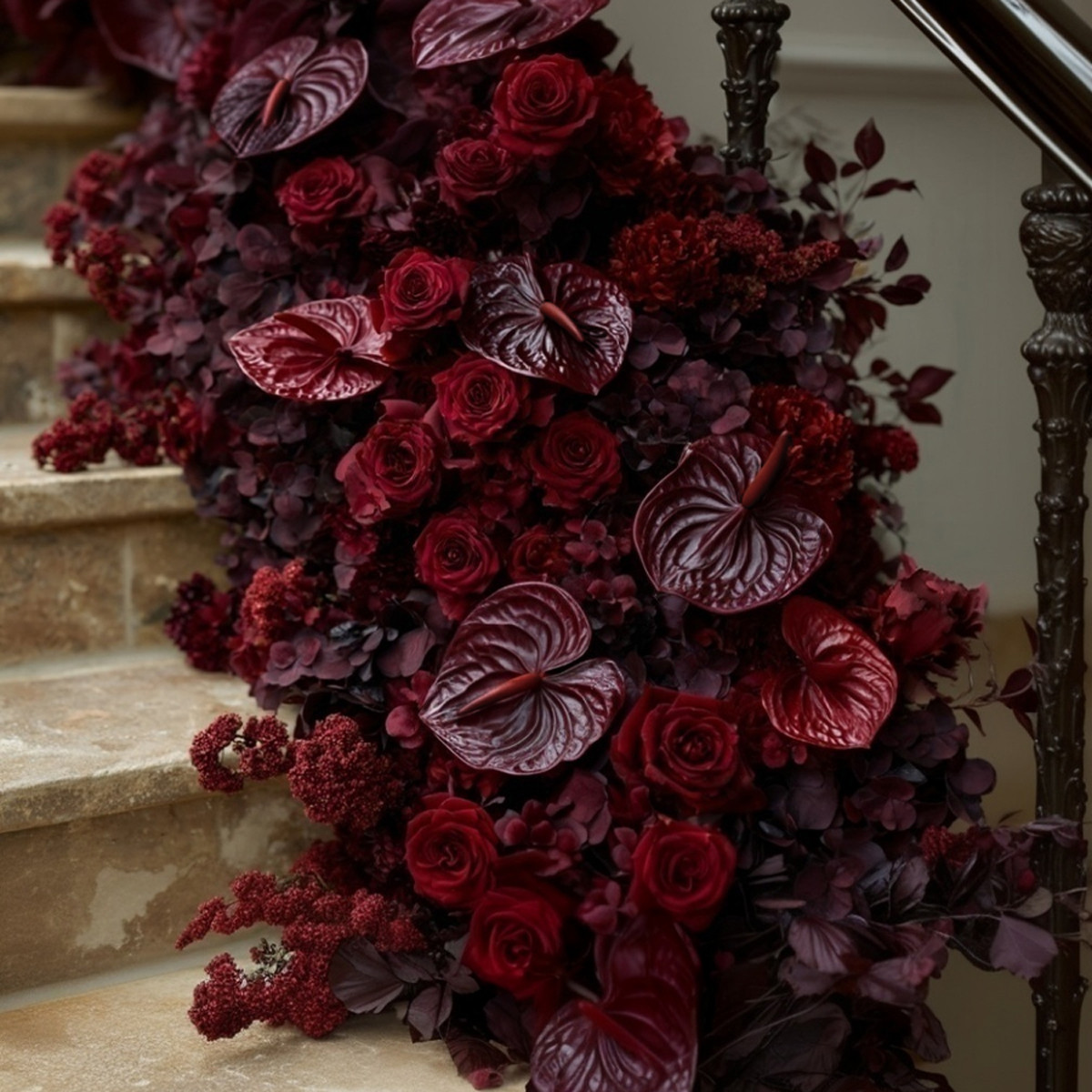
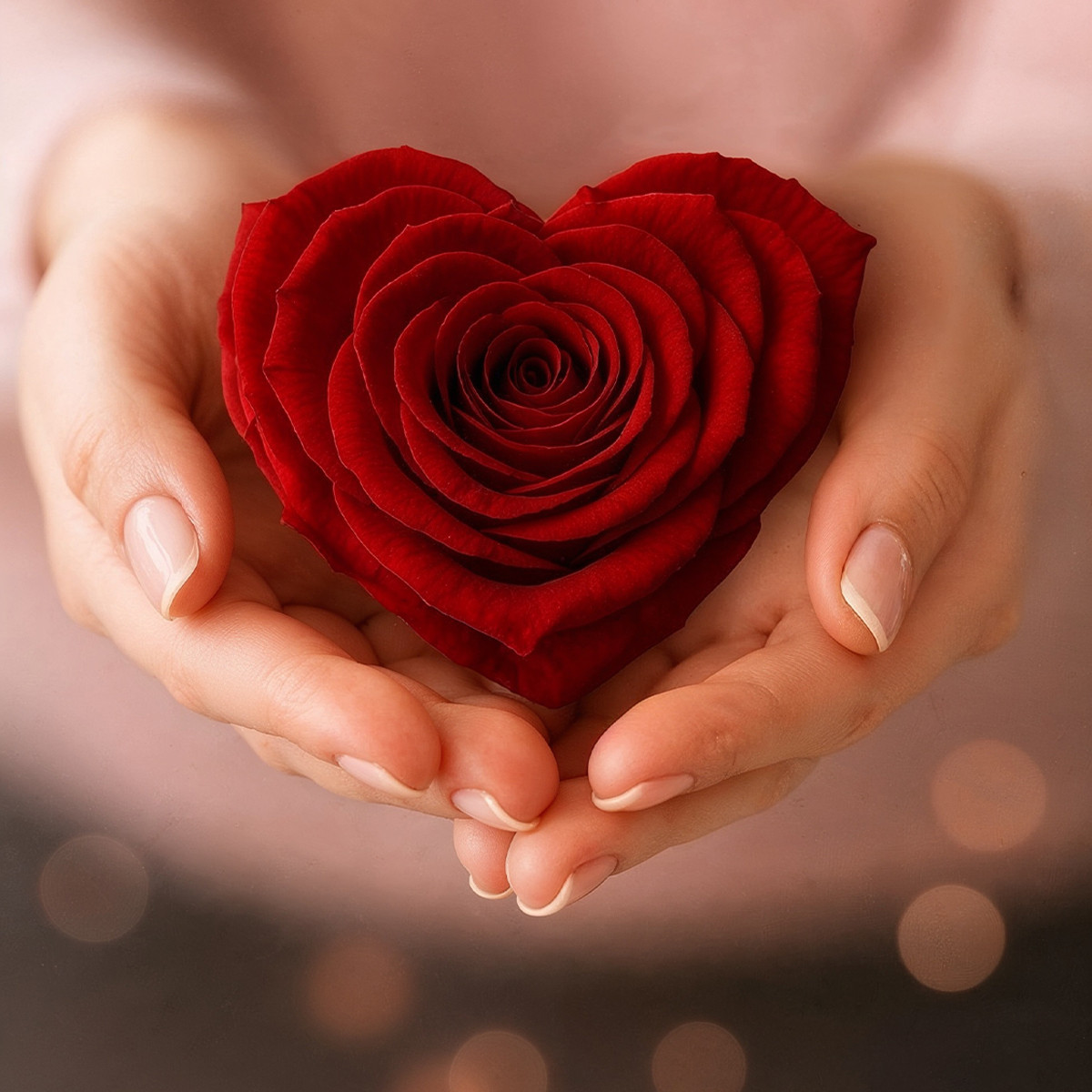
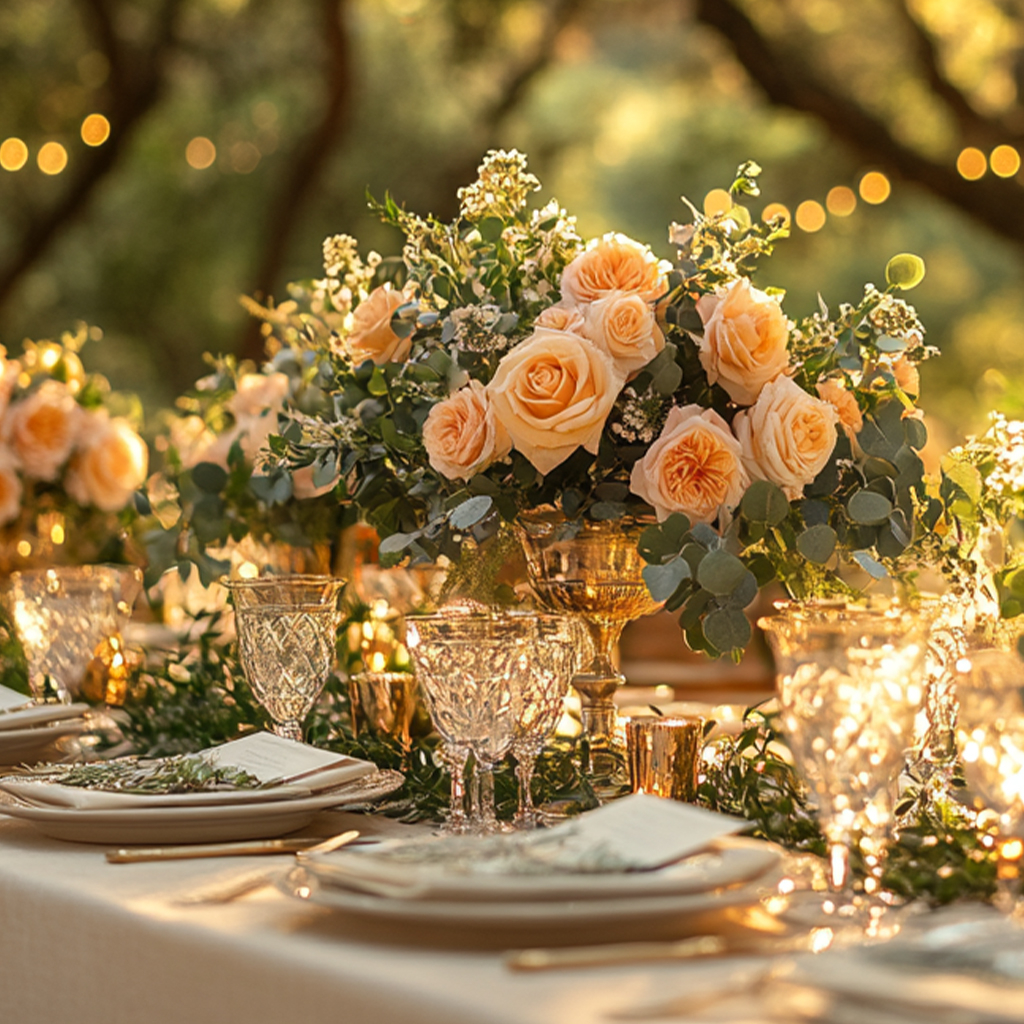
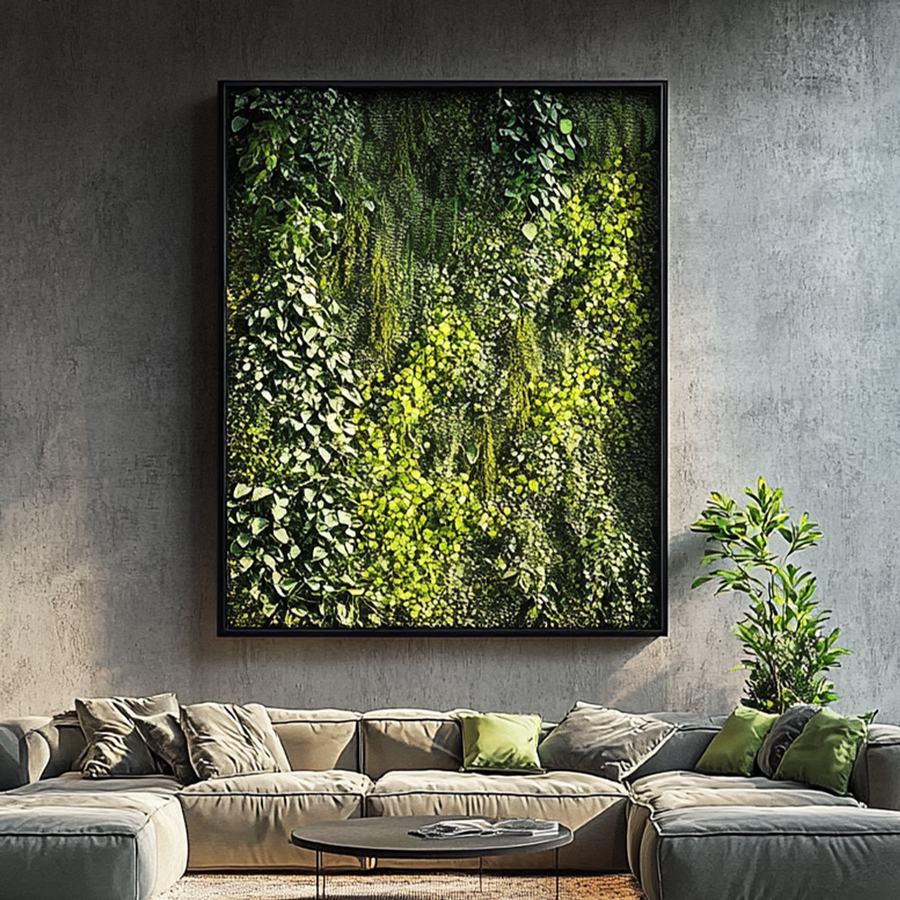
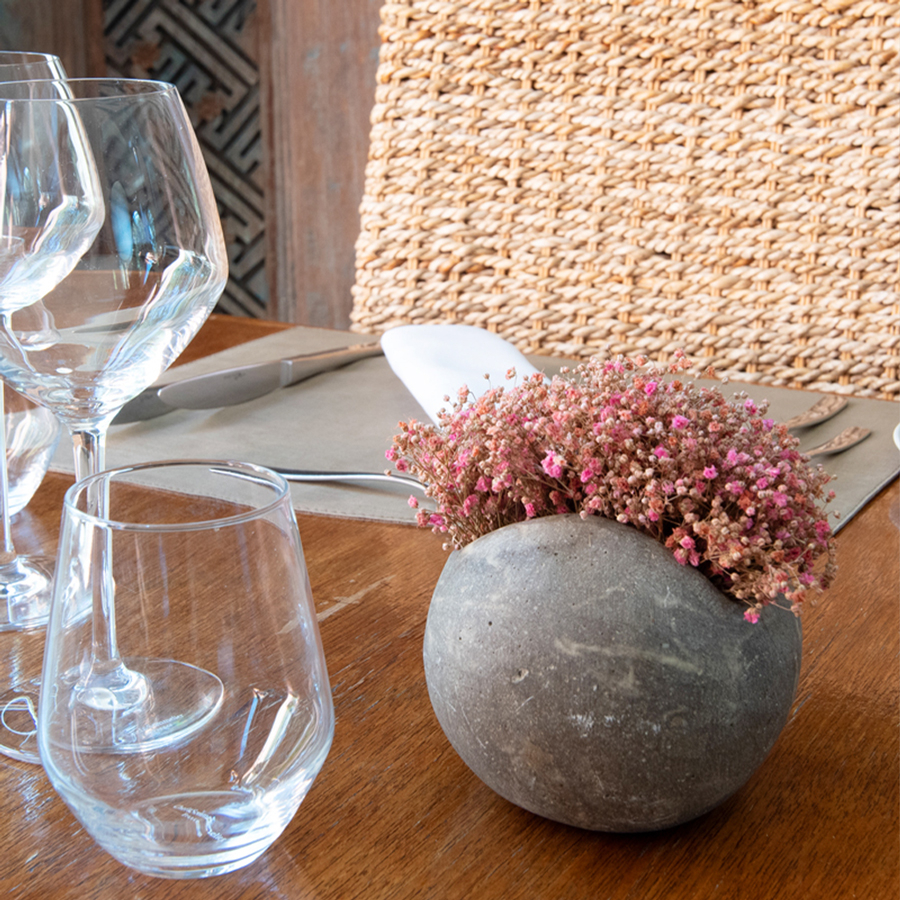
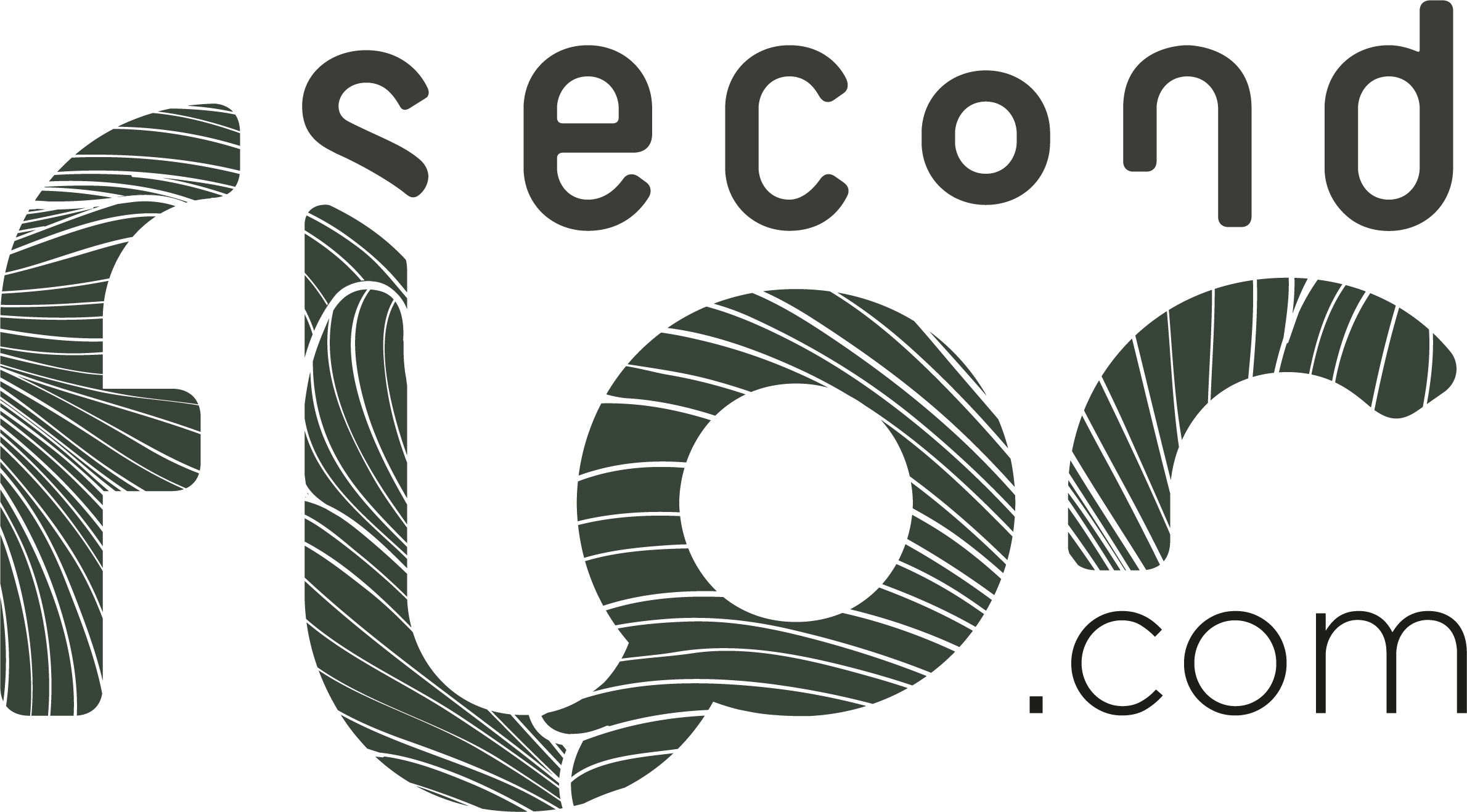


 fr
fr
 es
es
 de
de
 it
it





